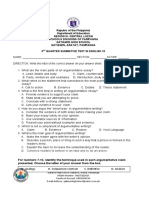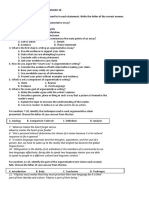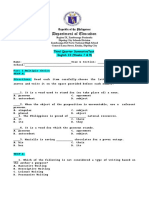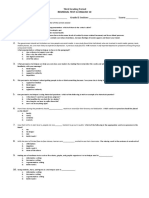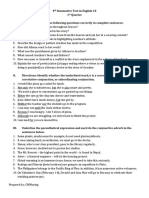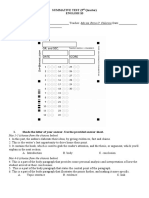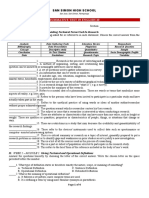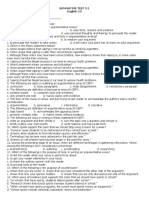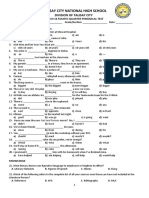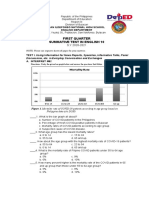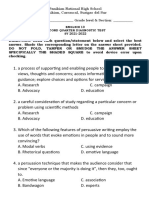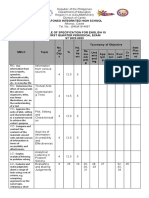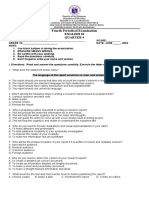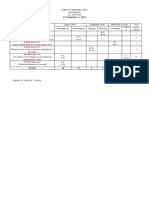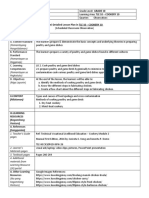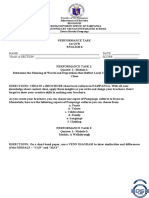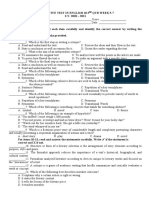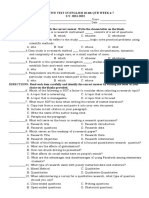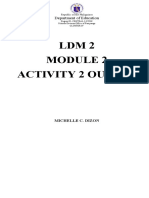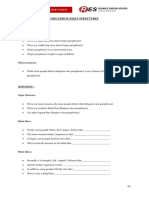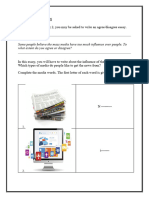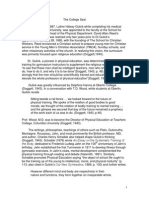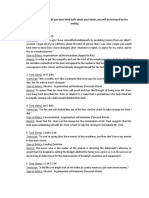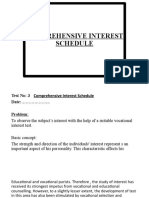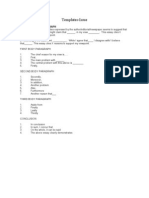100% found this document useful (1 vote)
981 views3 pagesSummativeassessment 3 RDQTR
This document appears to be a summative assessment for an English 10 class. It consists of 30 multiple choice questions testing students' understanding of key concepts related to argumentative, informative, persuasive, and literary writing and analysis. The questions cover topics such as the characteristics and components of different writing genres, purposes of writing, argumentative techniques, steps in writing a critique, and literary theories including formalism and Marxism. The assessment is intended to evaluate students' grasp of these essential English concepts discussed in the third quarter.
Uploaded by
michelle dizonCopyright
© © All Rights Reserved
We take content rights seriously. If you suspect this is your content, claim it here.
Available Formats
Download as DOC, PDF, TXT or read online on Scribd
100% found this document useful (1 vote)
981 views3 pagesSummativeassessment 3 RDQTR
This document appears to be a summative assessment for an English 10 class. It consists of 30 multiple choice questions testing students' understanding of key concepts related to argumentative, informative, persuasive, and literary writing and analysis. The questions cover topics such as the characteristics and components of different writing genres, purposes of writing, argumentative techniques, steps in writing a critique, and literary theories including formalism and Marxism. The assessment is intended to evaluate students' grasp of these essential English concepts discussed in the third quarter.
Uploaded by
michelle dizonCopyright
© © All Rights Reserved
We take content rights seriously. If you suspect this is your content, claim it here.
Available Formats
Download as DOC, PDF, TXT or read online on Scribd
/ 3
